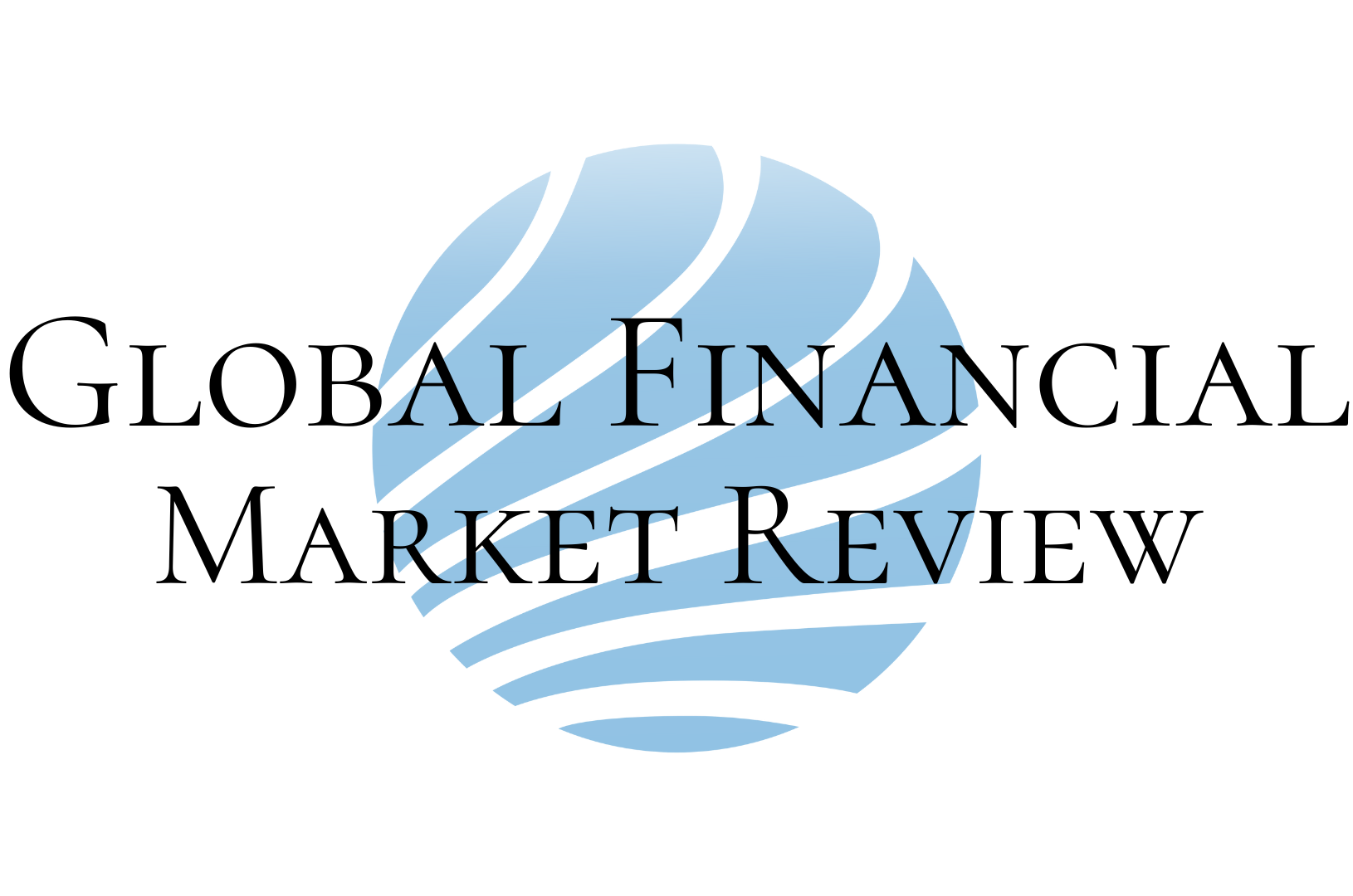According to the State Bank of Vietnam (SBV), less than half of Vietnamese population have bank accounts, the proportion in urban area is even lower. As mobile devices grow and communications infrastructure improves, electronic payment will become more common.
According to Statista’s data, electronic payment value in Vietnam in 2017 increased 22 percent to $6.14 billion. This figure is expected to double to $12.33 billion by 2022.
VNG, the operator of Zalo messaging application, plans to install payment-enabled devices with its ZaloPay e-payment application at 1,000 locations at the end of this year. PV Oil introduced its mobile payment system in February. M-Service, a big fintech company, also plans to increase the number of subscribers for MoMo e-payment service to 50 million by 2020 from the current five million people.
Convenience stores and electronic stores will be the places that accept Zalo Pay payment devices. This service allows users to deposit and make payment for online transactions and utility bills. It can also be used to transfer money from bank account and process money transfer by QR code.
Meanwhile, PV Oil accepts mobile payment by account card and QR code. This system plans to ease congestions at gas stations in a country with more than 40 million motorbikes. Moreover, payment data can be accessed online, allowing users to track fuel costs.
MoMo, a pioneering application in e-payment in Vietnam, is also racing to expand operation. Apart from paying for online purchase, airfares and utility bills, Momo users can pay for using Uber thanks to the connection between M-Service and Uber in November 2017.
In its network, MoMo has 4,000 agents providing basic banking services such as deposits, money withdrawal and transfer, making this service more popular in urban area. For example, migrant workers may deposit money into their MoMo account and transfer money to other provinces, where there is no ATM.
Foreign companies realised Vietnam’s e-payment potential thanks to growing economy and an increasingly high middle-class. In November, Alipay cooperated with a Vietnamese company to provide e-payment services. Banks also rushed into this business segment. Maritime Bank and Sacombank carried out e-payment services based on QR code and may use in shops and restaurants.
The expansion of operation by e-commerce companies such as Lazada and Sendo also helped improve e-payment because of online shoppers, many of whom do not have credit cards and may avoid cash-on-delivery which can create greed among shippers.


